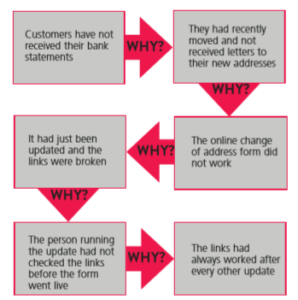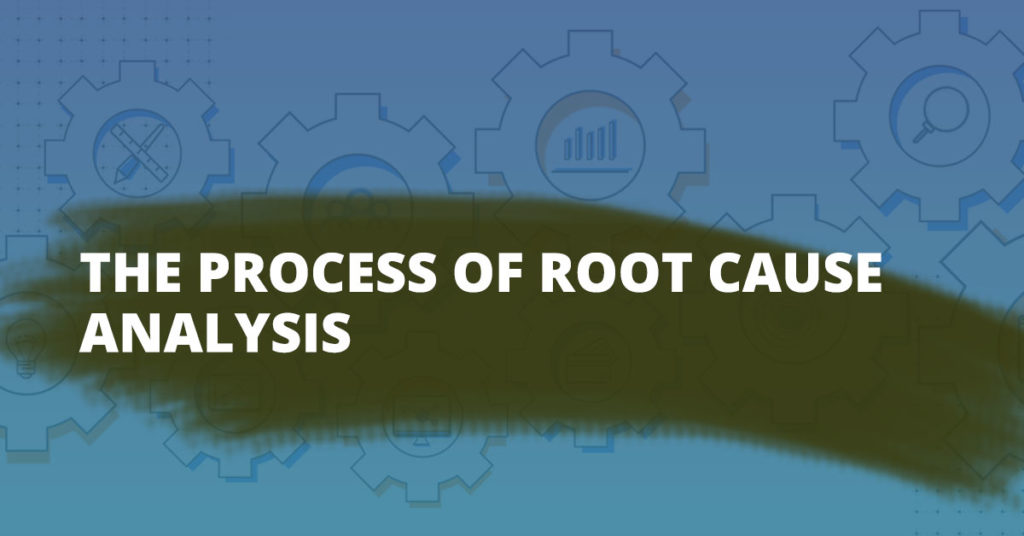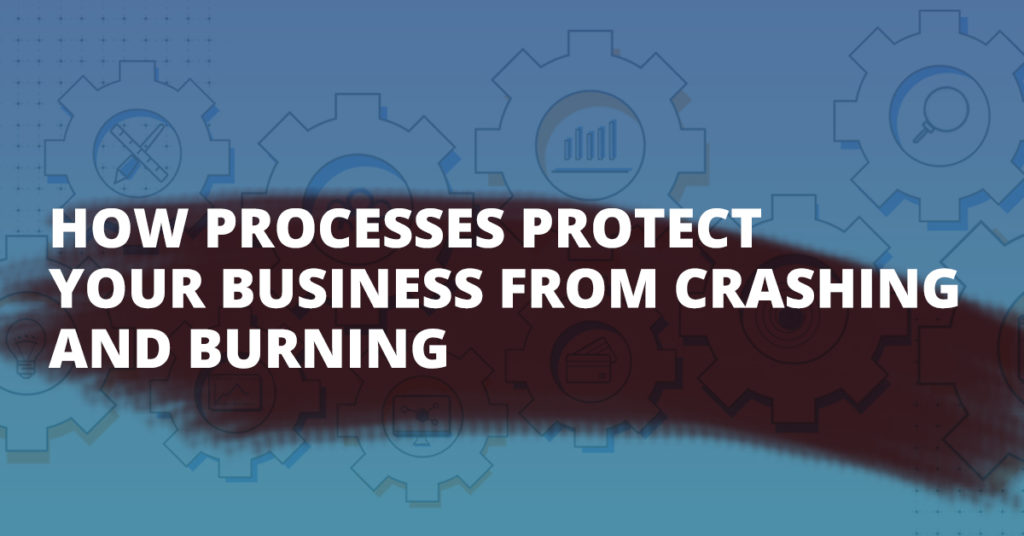Root Cause Analysis provides a methodology for identifying and correcting the sources of problems. It differs from troubleshooting and problem-solving in that these disciplines typically seek solutions to specific difficulties, whereas Root Cause Analysis is directed at understanding wider underlying issues.
This should not simply be seen as a problem-solving method, but rather as a vital component of the executive decision making process and constant monitoring of the efficiency, quality and cost-effectiveness of business operations.
Why not use your customer complaints and feedback to drive business improvement? This is exactly what regulators want organizations to do.
The “Five Whys” principle credited to Sakichi Toyoda is a very simple process applicable in root cause analysis that results in very positive outcomes. In the event of a failing, the employee responsible for establishing the cause asks five questions. When using the Five Whys technique it is important that you go back to assess all branches of investigation, in particular if you choose a path of investigation that leads you to things that cannot be changed.
As a simple example, we’ll take an initial complaint of customers not receiving their bank statements.

REGISTER YOUR ORGANIZATION OR AS AN INDIVIDUAL FOR OUR ROOT CAUSE ANALYSIS TRAINING
Before root causes can be investigated and the five whys can be asked – there needs to be a system in place to capture initial information. Root Cause Analysis is not only a regulatory requirement: having a system or function in place to handle complaints is also necessary. If the details of a complaint are not correctly or efficiently recorded at first point of contact, then any investigations into the root causes will be unsuccessful.
Equipping front line staff with the necessary technology to quickly and easily capture important information when speaking directly with a customer will make the process of Root Cause Analysis easier further down the line, and ensuring consistency across the board when categorizing complaints will make it easier to spot trends across products and services.
A process driven workflow should ensure additional information is consistently being captured at the appropriate stage of the case investigation. The end product is a complete picture from which the organization can make fact based decisions. With this, the organization can then follow a structured approach to analyze the information captured, identify and implement a corrective action and then track the progress of new initiatives.
REGISTER YOUR ORGANIZATION OR AS AN INDIVIDUAL FOR OUR ROOT CAUSE ANALYSIS TRAINING
Root Cause Analysis doesn’t just end when a root cause has been identified. The cause must be acted upon. In the example above, the root cause is that the links on the change of address form had not been properly checked before going live. Corrective procedures must now be put in place: the links need to be fixed immediately to make sure this error does not affect more customers, and analysis needs to be carried out find those it already has affected and if the same fix corrects all issues. But these corrective procedures are still not enough. In order to make ensure this issue does not occur again, a process needs to be put in place so that each part of the form will be checked before going live. This could include creating warning screens before the form is published.
Once the corrective action has taken place, the process needs to be documented which is essential in providing compliance statements and creating management information to drive improvements across all areas of the organization.
There are clear and tangible benefits for organizations that embrace Root Cause Analysis as a process of continual improvement. The key to successful Root Cause Analysis is not solely the responsibility of the analyst, but starts at the point where feedback is captured within the organization making sure that the data captured is comprehensive, accurate and consistent. All areas of the business share the responsibility of ensuring that a quality-driven process collects the data that will drive future strategic decisions within the organization.
Companies that implement such a strategy, supported by the right technology, will gain valuable insight to drive organizational improvements. The results will be in service improvements, customer loyalty gains and increased revenues
REGISTER YOUR ORGANIZATION OR AS AN INDIVIDUAL FOR OUR ROOT CAUSE ANALYSIS TRAINING



